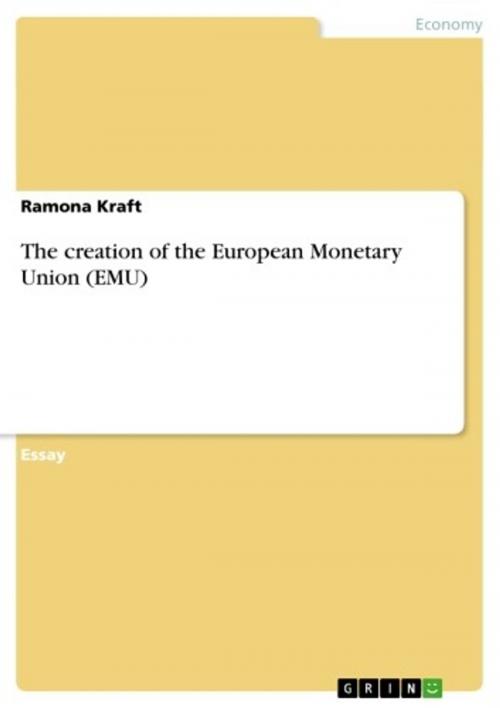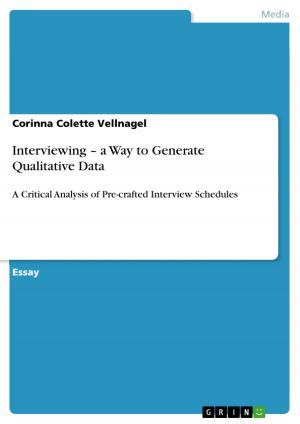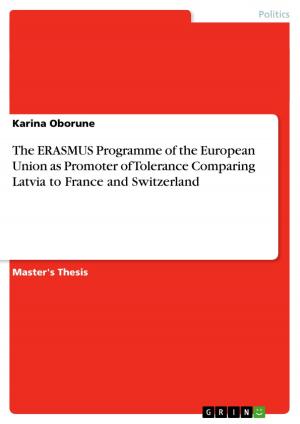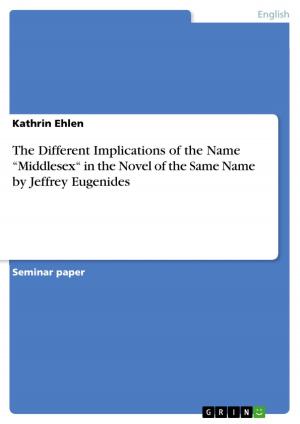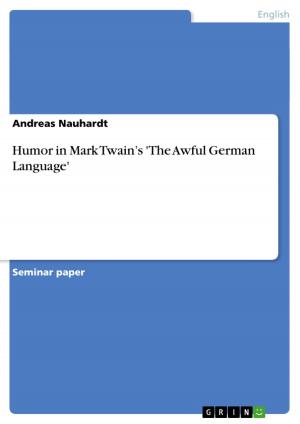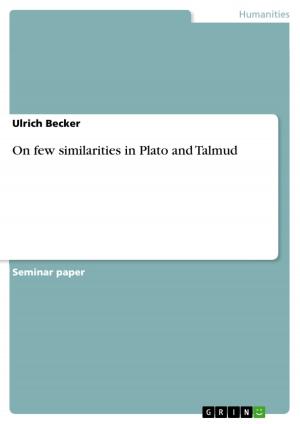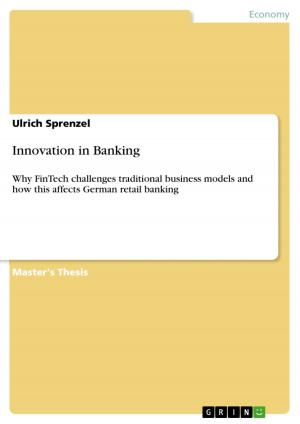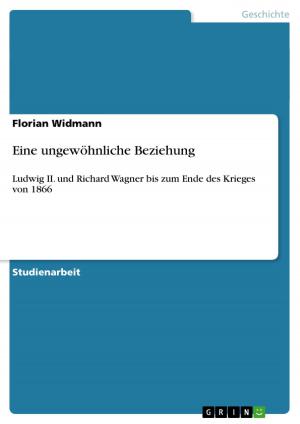The creation of the European Monetary Union (EMU)
Business & Finance, Economics, Money & Monetary Policy| Author: | Ramona Kraft | ISBN: | 9783638685894 |
| Publisher: | GRIN Publishing | Publication: | April 16, 2007 |
| Imprint: | GRIN Publishing | Language: | English |
| Author: | Ramona Kraft |
| ISBN: | 9783638685894 |
| Publisher: | GRIN Publishing |
| Publication: | April 16, 2007 |
| Imprint: | GRIN Publishing |
| Language: | English |
Essay from the year 2006 in the subject Economics - Monetary theory and policy, grade: 1,4, Dublin City University (Business School), course: Course EU Politics, 14 entries in the bibliography, language: English, abstract: The creation of the European and Monetary Union (EMU) has been one of the most determined and successful projects carried out by the European Union (EU) - and it is still in progress since eleven EU-countries are, following the Maastricht treaty, legally required to join the Eurozone as soon as they meet the convergence criteria. The reasons for the creation of EMU have been widely discussed among scholars; some focus on the request for political integration that would resulted from an EMU, some claim that the EMU was established to promote growth and investment. The assignment will hence 'discuss how the creation of EMU was both an economic and politically driven process'. Chapter 1 outlines events and agreements which indirectly led to the EMU. Chapter 2 assesses the Delors Report and the Stability and Growth Pact (SGP) which affect EMU directly . Chapter 3 concludes by analysing the mentioned 30-year process leading to the EMU and gives a brief outlook. This approach has been chosen because it is essential to study the historical events leading to the Delors Report and finally the Treaty on European Union (TEU) in order to analyse the creation of EMU.
Essay from the year 2006 in the subject Economics - Monetary theory and policy, grade: 1,4, Dublin City University (Business School), course: Course EU Politics, 14 entries in the bibliography, language: English, abstract: The creation of the European and Monetary Union (EMU) has been one of the most determined and successful projects carried out by the European Union (EU) - and it is still in progress since eleven EU-countries are, following the Maastricht treaty, legally required to join the Eurozone as soon as they meet the convergence criteria. The reasons for the creation of EMU have been widely discussed among scholars; some focus on the request for political integration that would resulted from an EMU, some claim that the EMU was established to promote growth and investment. The assignment will hence 'discuss how the creation of EMU was both an economic and politically driven process'. Chapter 1 outlines events and agreements which indirectly led to the EMU. Chapter 2 assesses the Delors Report and the Stability and Growth Pact (SGP) which affect EMU directly . Chapter 3 concludes by analysing the mentioned 30-year process leading to the EMU and gives a brief outlook. This approach has been chosen because it is essential to study the historical events leading to the Delors Report and finally the Treaty on European Union (TEU) in order to analyse the creation of EMU.
